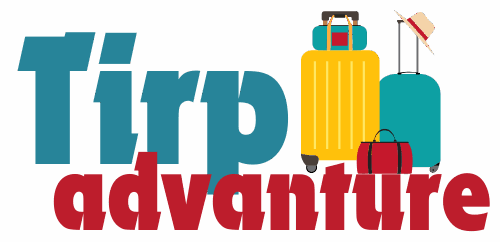In today’s world of financial issues, people often find themselves at a crossroads while they are deciding on the best method to raise additional money. With the myriad of loan options, such as top-up loans, personal loans, and personal loans, stand out as two of the most well-known options for those looking to raise capital. Knowing the distinctions between these loan types will significantly impact your financial plan if it’s to help you renovate your house, finance the cost of a wedding, or cover an unexpected expense. This blog post explains the key distinctions between a top-up loan for a home loan and a personal loan, offering you the knowledge to make an informed choice.
Before we get into the subject, it’s crucial to understand what it is that a “top-up loan on housing loan” is and what is a “personal loan” is. A top-up loan can be described as an additional amount of money you can get over and above your existing mortgage. It provides a simple method of obtaining additional funds without having to get another loan completely. In contrast, the personal loan is a type of unsecured loan, which means it doesn’t require collateral and is able to be used to pay for nearly any personal expenditure.
The Basics: Home Loan Top-Up vs Personal Loan
- Flexibility and Ease of Access
- Interest Rates
- Repayment Tenure
- Loan Amount
- Usage Restrictions and Flexibility
Flexibility and Ease of Access
The top-up loan offered on a mortgage is a great option for those with an existing mortgage. Because the lender already has information and has a financial relationship with its borrower, the procedure to obtain a top-up loan is usually less complicated and more efficient as compared to the process of completing a new request for a personal loan. The existing relationship could speed up the process of approval and payment and make it a practical alternative for homeowners who are already in the process of buying.
Contrarily, obtaining personal loans usually requires a new assessment of your financial situation and creditworthiness. It could require detailed documents and a thorough credit test, which could be time-consuming and difficult for those with no relationship with an institution or with less than perfect credit.
Interest Rates: A Comparative Overview
The interest rate is a major element in making a loan selection. A top-up loan on home loans generally has lower interest rates than personal loans due to it being guaranteed by your house. This reduces risks for lenders, which allows them to offer affordable rates. During the duration that the loan is in effect, it could result in significant savings on what interest that is paid.
However, personal loans are charged higher interest rates because they are not secured loans. In the absence of collateral, it increases the risk to the lender, who is compensated with higher rates. This could significantly make borrowing more expensive, particularly for those with a higher risk of credit.
Repayment Tenure: A Long-Term Perspective
Another crucial aspect to take into consideration is the duration of repayment. Top-up loans for home loans typically match the terms of the mortgage currently in force, which could lead to a longer repayment term. This is advantageous since it spreads out the payment over a longer time, which could reduce the financial burden of a month.
However, personal loans typically provide shorter repayment times. This can result in higher monthly installments and can place an added burden on your budget, but it can also mean that debt is paid off sooner, as well as be psychologically and financially beneficial for many people who are borrowers.
Loan Amount: Assessing Your Needs
The amount you are able to borrow with a top-up loan from the housing loan will typically be greater, based on the value of the original loan and the value of the property market value. This makes top-up loans perfect for large-scale expenditures, for example, major home renovations or for financing higher education.
The maximum amount you can get from personal loans could be less because of the absence of collateral. It is also influenced by the borrower’s income as well as credit score. Although this may be adequate for smaller or immediate expenses, it will not be enough for people who require larger sums.
Usage Restrictions and Flexibility
Personal loans provide unmatched flexibility in the use of money borrowed. They are able to be used for nearly all purposes, from financing the dream trip of a lifetime, to buying devices or paying for wedding expenses, giving customers the freedom to choose in their financial situation.
These loans can come with restrictions that lenders impose, usually, they require that the loan be used to pay for expenses related to property. This may include home improvement, repair, extensions, or renovations that aren’t appropriate for those who need funds for different purposes.
Conclusion
Deciding whether to go with the top-up loan option on either a home loan or personal loan requires weighing a variety of factors, including the goal of your loan, financial status and the amount you will need to borrow, and the speed at which you require the funds. A top-up loan might be a better option for homeowners seeking lower rates of interest and longer repayment terms for major home-related costs. However, a personal loan might be a better choice to those in need of funds rapidly and without limitations on their usage, in despite of the possibility of higher costs due to higher interest rates.
The final decision will depend on your specific needs and financial circumstances. Be sure to consider every choice’s pros and cons and possibly talk to an expert in financial planning to ensure that your choice is in line with your long-term financial goals and your capabilities.

